The covid-19 pandemic means 2020 is a year for the history books, not least in financial markets where records were broken, and new trends were born. Here’s our top 10
Directly or indirectly, the coronavirus is at the centre of all our top 10 stories - and remains the dominant force in global markets at the EOY 2020. The virus-effect has shifted from all-out fear about the economic consequences of governments locking down economies to almost unfettered optimism about government stimulus and vaccines.
March coronavirus panic
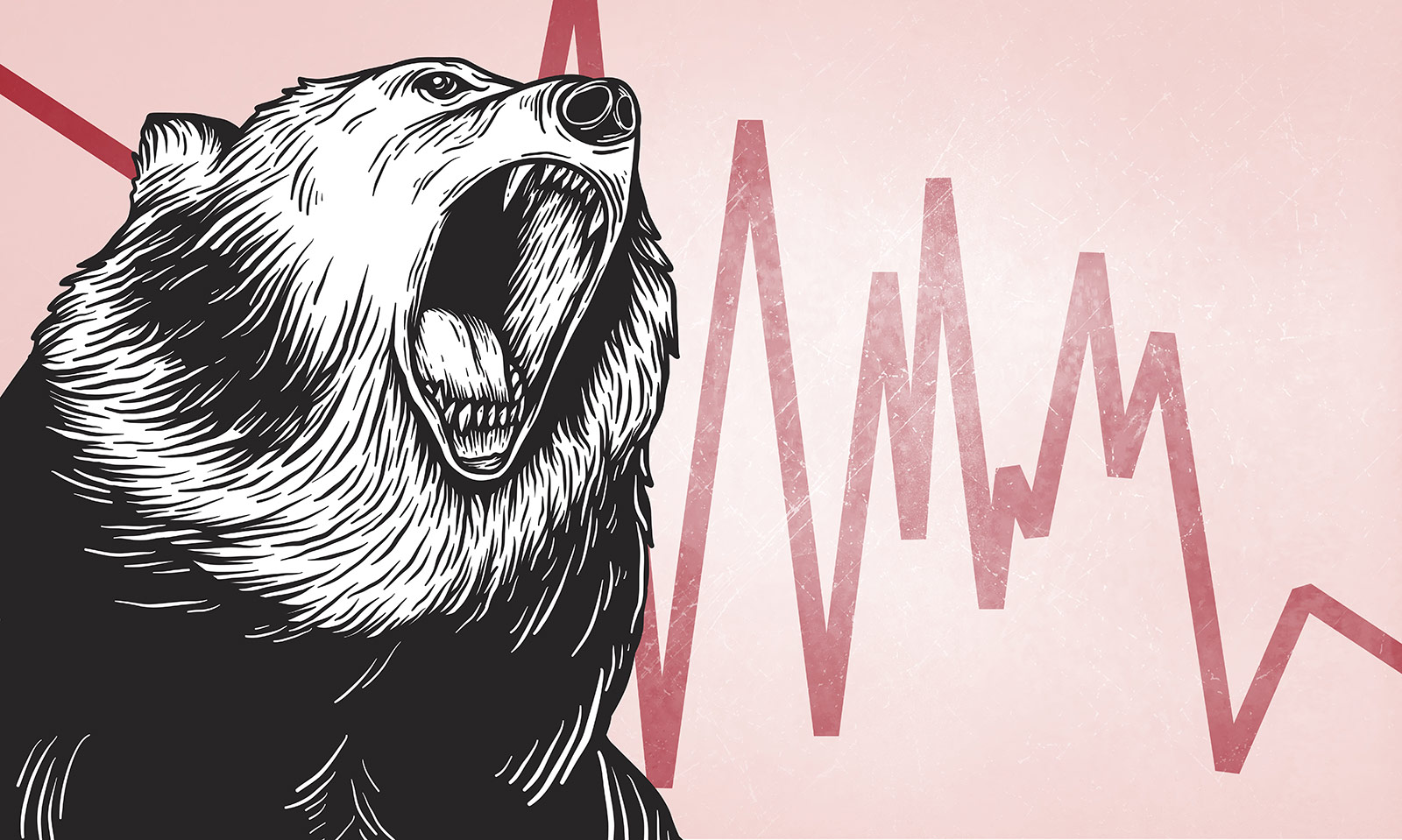
The realization in early March that covid-19 was not just "another birdflu” sent financial markets into a tailspin. The Dow Jones slumped 7.8% (2,013.76 points) on March 9 for its biggest single day points drop ever. An equivalent drop in the S&P 500 triggered a circuit breaker on the New York Stock Exchange for the first time but it went off again on several more days amid the selling pressure. Stock markets bottomed on March 23 after a rapid move lower that wiped out nearly 40% of the Dow. The S&P 500 hit a low of 2,237.40.
Oil price turns negative
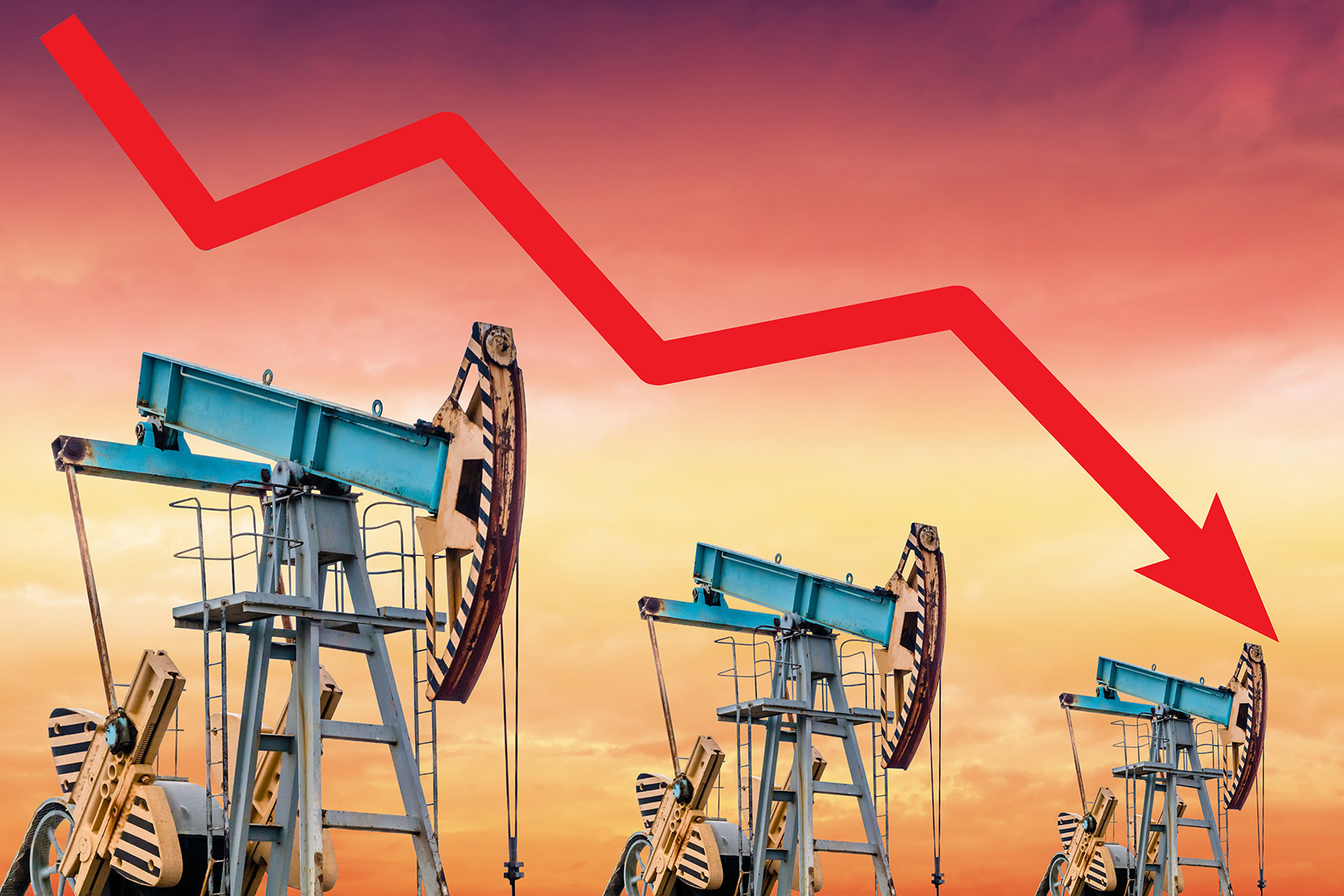
The price of oil stunningly turned negative after a chain events that began with Saudi Arabia starting a price war against Russia at the onset of a global pandemic. Specifically, it was front-month WTI crude oil futures with an April expiry that crashed to minus $40. The price of West Texas Intermediate crude oil tumbled more than 25% to around $30 p/b after Russia rejected a proposal from OPEC to cut back on global oil production by as much as 1.5 million barrels a day. Saudi Arabia interpreted Russia’s vote as an economic attack and retaliated by increasing its own production and causing the price of oil to nosedive over the next several days, eventually seeing it turn negative.
Fed buys junk bonds

In a shocking move that Bond King Jeff Gundlach says breaks the Federal Reserve Act of 1913, the Federal Reserve announced on March 23 that it would underwrite and buy investment grade bonds, directly and through ETFs. It doubled down on this with another announcement of April 9 that it would buy junk bonds by purchasing exchange-traded funds (ETFs). The Fed’s move into much riskier assets is still being felt 9 months later with junk bond yields at record lows and equities at record highs. Some think the next crisis will see the Fed start to buy stocks. Even though the Fed itself never bought that many junk bonds itself, the idea that they would has been enough to stop any real price-discovery and left investors with a single trading strategy of ‘Don’t fight the Fed.’
Stay home stocks - Zoom, Peloton

People forced to stay home under government-enforced lockdowns gave birth to a new formidable category of stocks - the ‘stay home’ stocks. These were optimized by video-conferencing software Zoom as well as home fitness company Peloton. These companies were able to substantially grow revenues from the new customers they benefitted from when travelling to meetings and going to the gym was no longer possible. This was of course a big contrast to many companies that saw revenues take a substantial hit when people were locked down and the economy went into recession.
Robinhood & Portnoy trading boom
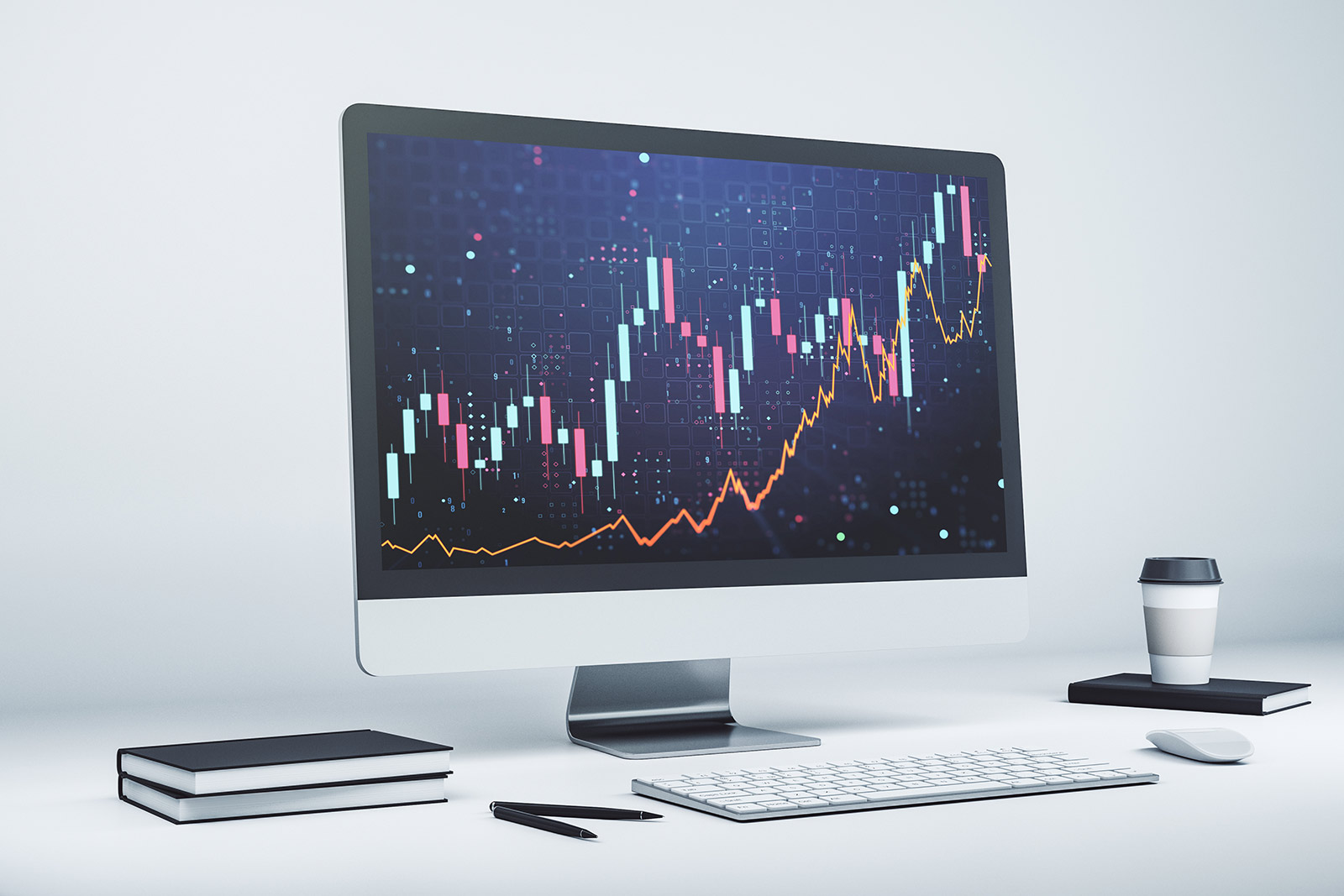
The poster child of the COVID era stock market gurus is Dave Portnoy of Barstool Sports. When live sports were banned and he was no longer able to gamble, Portnoy made the shrewd observation that stock markets were flying even as the real economy tanked (Wall Street vs. Main Street). Portnoy and his following started jumping into a combination of high momentum tech stocks like Tesla and Zoom - as well as beaten down travel stocks like cruise lines. The volumes were enough to move markets, and although Portnoy has returned to sports, retail trading volumes remain high - particularly in the US where the favored app among millennials has been Robinhood, which was recently sued by the SEC.
Bitcoin new record
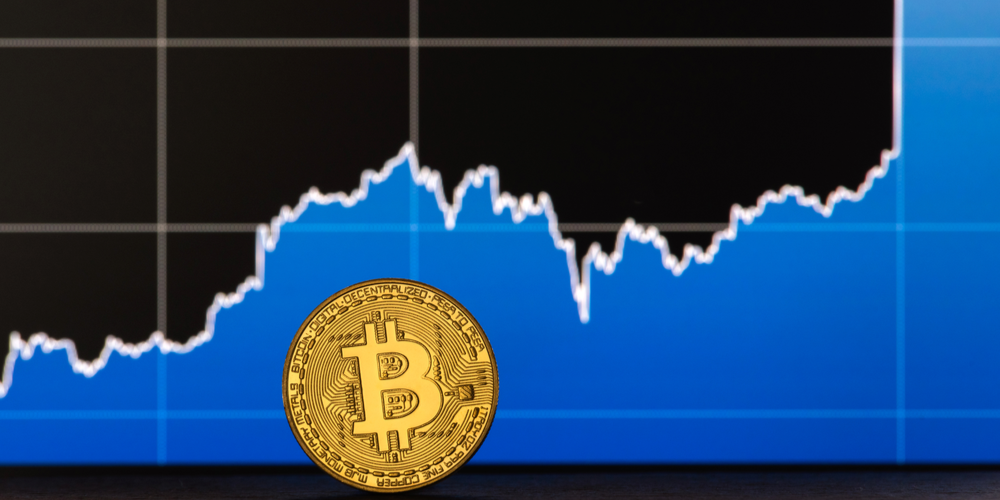
The year 2000 has marked the return of cryptocurrencies with the first and biggest of them all, Bitcoin now getting institutional interest for the first time. Bitcoin (BTC) got slammed in March like most other financial assets, hitting a low near $4000. Having regained the $10,000 value in the summer, gains accelerated in the fall (autumn) when payment companies Square and PayPal announced new investments and services with Bitcoin. Positive comments from well-known investors like Paul Tudor Jones, Ray Dalio and Guggenheim helped Bitcoin reach a new record high above $20,000 in December 2020 after narrowly failing to do so almost exactly 3 years earlier in December 2017.
Tesla enters S&P500

Tesla (TSLA) finally entered the S&P 500 in December after at least six months of speculative inflows from retail investors buying the stock in part in expectation that passive funds would make large purchases of the stock once it was indexed. Tesla has also been a firm favorite of retail traders who in the summer bought the stock ahead of a stock split, which has no effect on the value of the company. CEO Elon Musk famously tweeted he would ‘burn’ short-sellers in Tesla stock, and he has been true to his word with the stock rising 670% year-to-date (Dec 24). One of those burned short sellers, Jim Chanos said "Every bull market has a stock that people pin their hopes and dreams on, certainly one of those stocks this go around is Tesla."
Gold $2000 oz. for first time
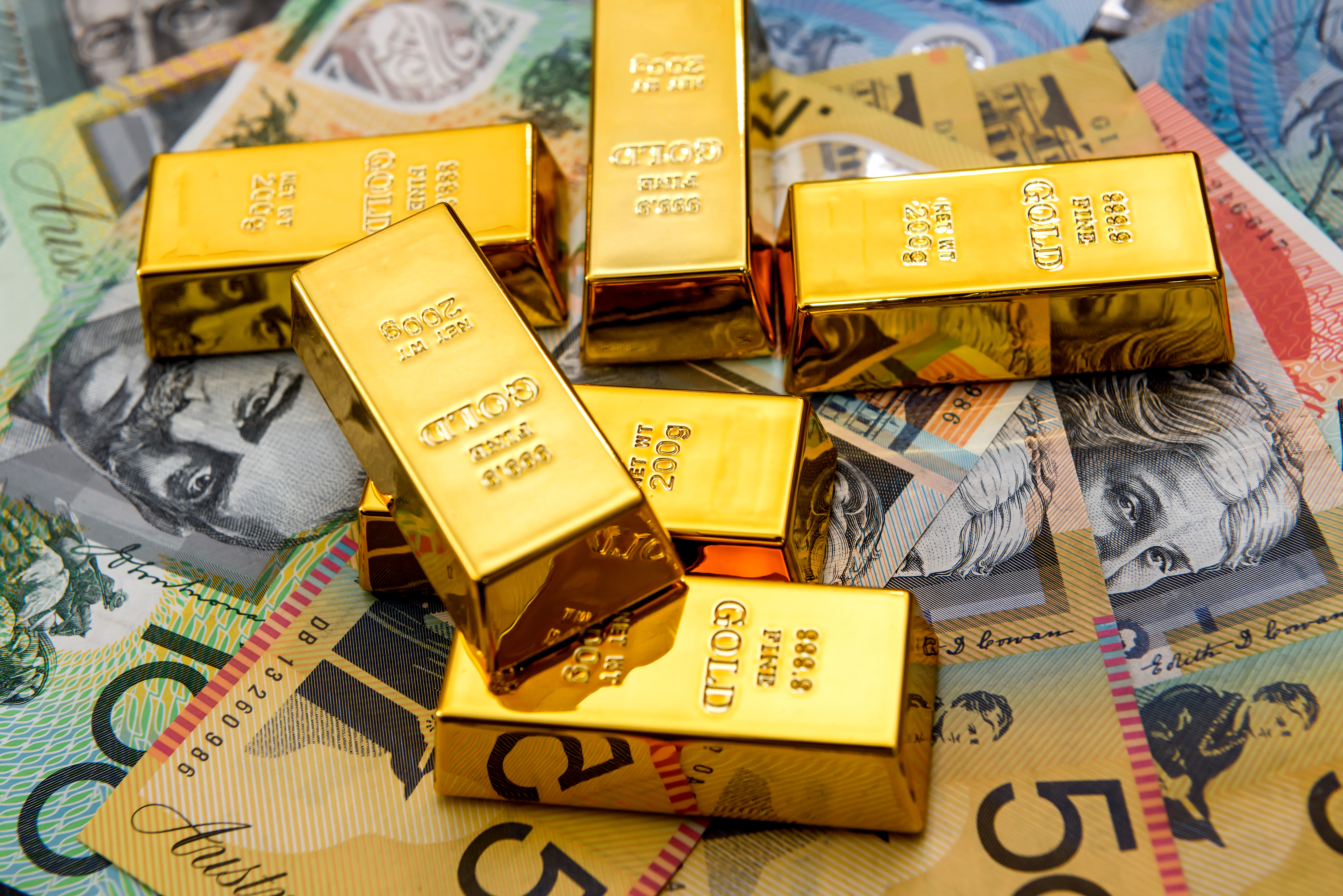
A tumble in the value of the US dollar and negative real interest rates propelled the value of gold to a fresh record high and above $2000 for the first time. Gold futures reached a record high of $2089.20 and are currently up over 22% year-to-date. Gold is used in jewelry, but its primary use is as an investment asset. This means it holds its value over time. The higher price of gold is not gold gaining in value so much as the US dollar losing value and interest rates falling relative to inflation expectations. The unprecedented stimulus from central banks this year has seen investors buy gold as a haven, just like when the Fed first began quantitative easing in 2008.
Biden wins US election
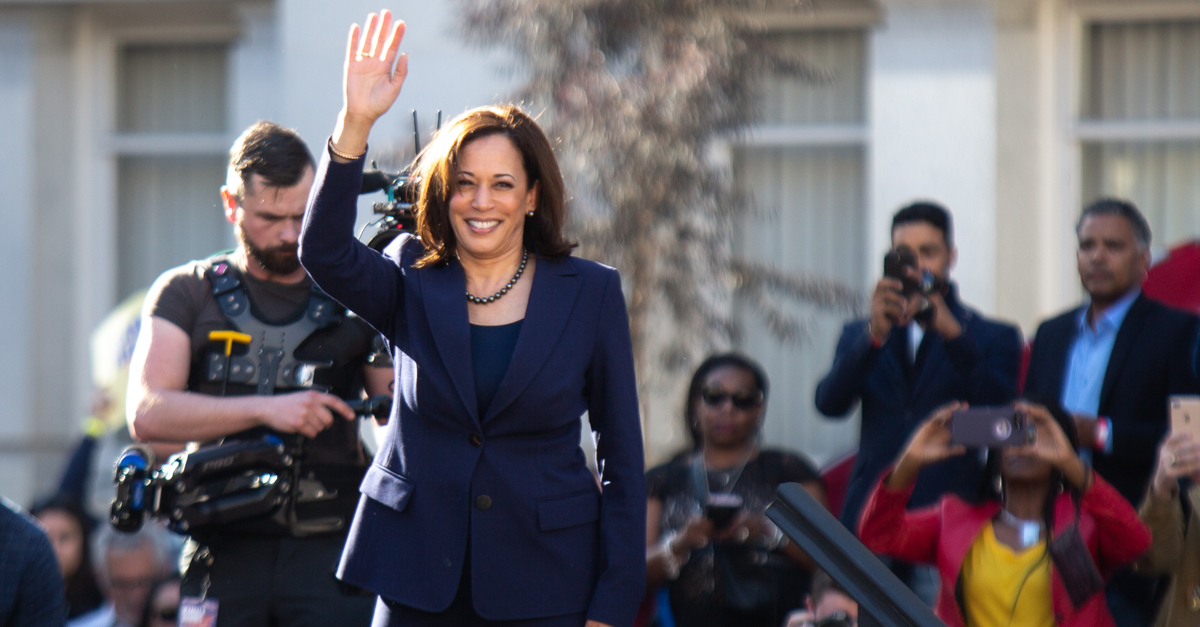
The pandemic turned the 2020 US Presidential election on its head and produced a result not may had expected at the start of the year. The widespread criticism of Donald Trump’s response to the coronavirus and the prevalence of mail-in voting helped secure an electoral victory for Joe Biden. Markets had been showing little fear over the result, seemingly content to assume a Biden victory with the polls strongly in his favour. As it turned out, the race was much tighter than expected with Biden only achieving narrow victories in swing states and Republicans keeping hold of the Senate instead of the Blue wave some had expected. The goldilocks scenario of no more trade war with China but little chance of higher taxes helped markets continue higher after the result.
Dow 30K

In an epic rebound from the over 35% plunge in March, the Dow Jones Industrial Average went on to breakout to a new record high above 30,000 for the first time. The milestone was hit on November 24, less than three weeks after Joe Biden won the US election amid new optimism over production of covid-19 vaccines. The top gainers in the Dow this year were Apple and Microsoft, part of the FAANG group of megacap tech stocks that have led the Financial market recovery. Home Depot, the largest chain of DIY stores was third top gainer amid the ‘stay home’ trend. The worst performers this year have been Exxon Mobil and Boeing - both of which have seen sales plummet thanks to lower oil prices and travel respectively.
Thanks for reading and let’ see what stories 2021 has to offer …





